Mokupāpapa Discovery Center
Virtual Voyage of Discovery Lessons
For ages K-12th grades
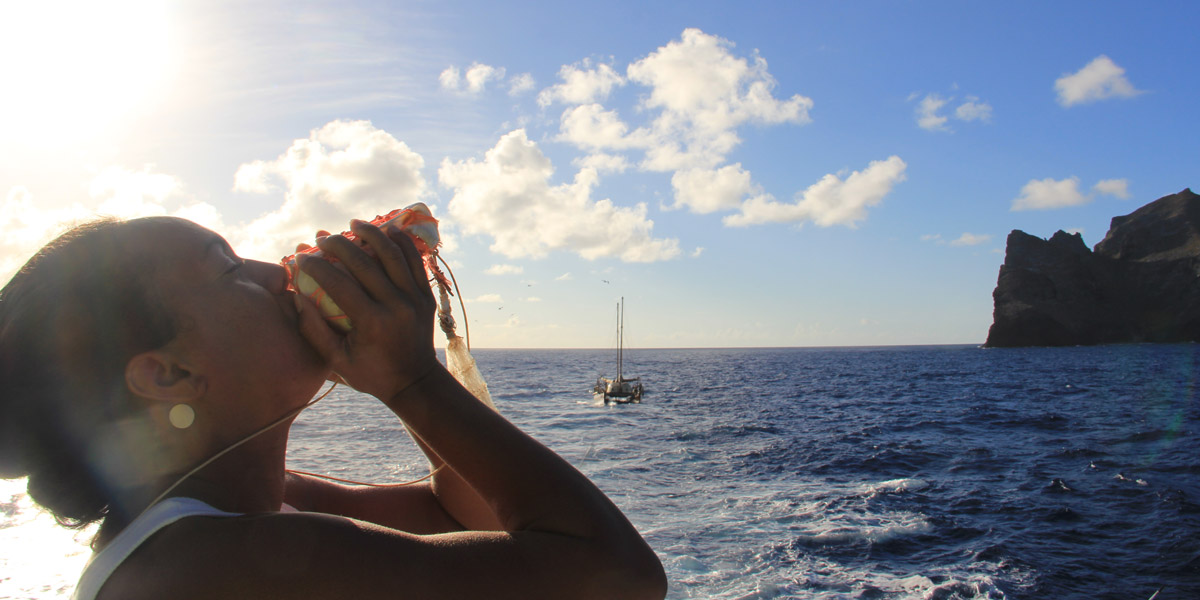
Join us for a one hour interactive journey through Papahānaumokuākea Marine National Monument. Lessons conducted on your preferred teaching platform. Please contact justin.umholtz@noaa.gov for more information and to reserve a time.
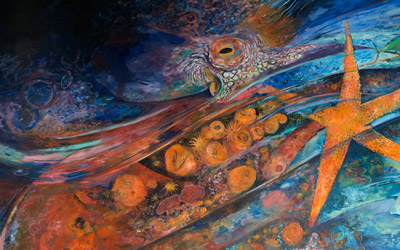
Hānau ka ‘ukukoʻakoʻa: Born is the Coral Polyp
For ages K-4th grades.
Students learn about Hawaiian cosmogony and the natural history of the Hawaiian archipelago through the Kumulipo– a Hawaiian Creation Chant. Students also learn the importance of corals and some of the marine organisms that depend on them. Student supplied materials will be required.
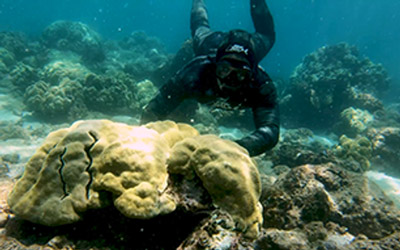
Adaptations on the Reef
For ages 4-6th grades.
Students learn about the Kumulipo and how it reflects the practice of kilo, or deep observation to build a body of knowledge. Students will practice kilo using our live aquarium feed, focused on observing possible fish adaptations that help them survive on the reef.
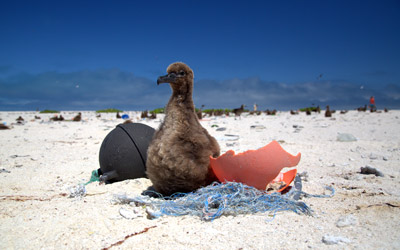
All About Albatross: A Virtual Albatross Bolus Dissection
Adaptable for 3rd-12th grades.
Students learn about the importance of Papahānaumokuākea as nesting grounds for the Laysan and blackfooted albatross. They virtually help us dissect a real bolus (dried regurgitation) as we identify our human impacts on these amazing birds and discuss positive actions to protect them.
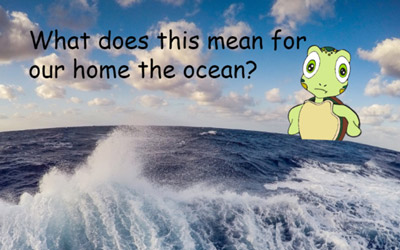
Climate Change for Kids
For ages 4-6th grades.
Students will join Mālie the Honu (green sea turtle) to learn the importance of the Northwestern Hawaiian Islands for the Hawaiian honu population. As Kiaʻi Honua—Planet Stewards—students will understand the basics of what climate change is and how it will likely impact honu in Papahānaumokuākea.
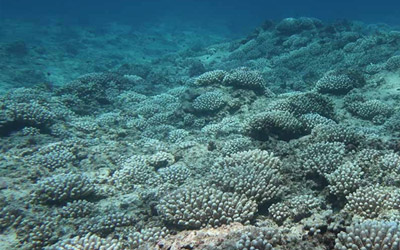
Coral Bleaching and Climate Change
For ages 7th-12th grades.
Students will learn the connection between climate change and the increasing heat stress impacting coral reefs. They will also be introduced to NOAA’s Coral Reef Watch website and build skills in interpreting satellite data maps showing coral bleaching impacts across the world.


